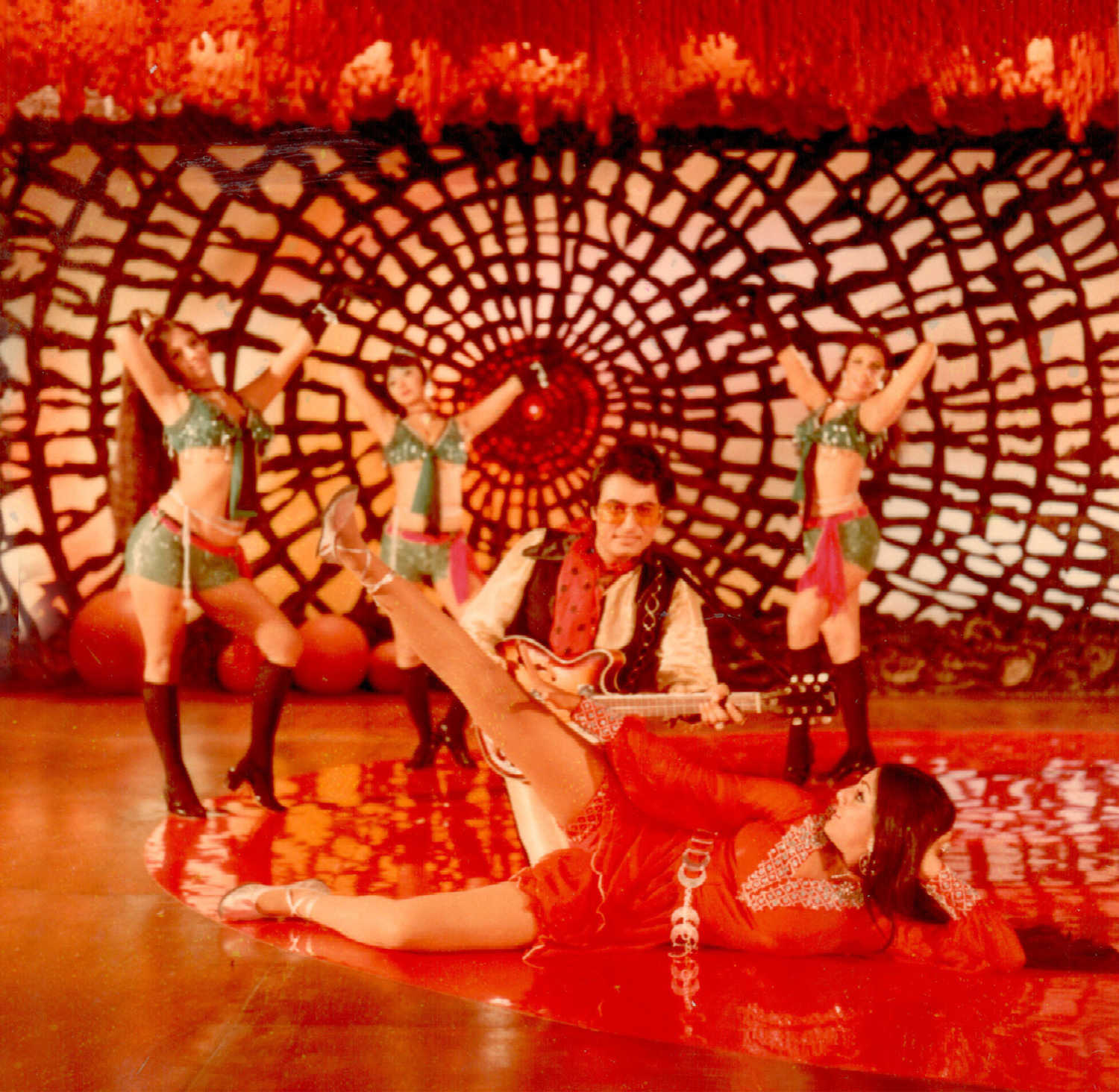Author Akshay Manwani’s latest book draws attention to a forgotten filmmaker amongst names like Guru Dutt, Raj Kapoor and Mehboob Khan. Writer-director Nasir Husain had an astonishing record of success that continued from the 1950s until the 1970s. This latter era that most cinegoers remember today. In an excerpt from his book, Manwani details why Yaadon Ki Baaraat (1973) is quintessentially Bollywood and the impact it has till now.
Bichhdey Huey Bhai and Musical Screenplays: An excerpt from book on cinema of Nasir Husain
Mumbai - 29 Oct 2016 12:09 IST


Sonal Pandya
It is with such greenhorns that Husain delivered a film as spectacular and memorable as Yaadon Ki Baaraat. Pitted against Waqt and Amar Akbar Anthony, Yaadon Ki Baaraat holds its own despite the presence of just one-and-a-half (Dharmendra and Zeenat Aman) stars. ‘For me, the hair-raising moment is when the three brothers unite because of the song. I still get goose bumps when I talk about it. That is something that I would like to take and put in a movie. For me, it is one of the great cinematic Bollywood moments,’ remarked film-maker Farah Khan, endorsing the cult status of the film. Jerry Pinto, too, commended the film. ‘Yaadon Ki Baaraat is the one film that really places the song at its heart. Because it’s that song which is constantly the MacGuffin, one boy is leaving the room, the other is singing the song. And you’re thinking, “Stop! Go back! Meet your brother.” It’s wonderful. It’s absolutely brilliantly done ... There is also an impression that there is a lot of cotton candy in the film, fluff, but there isn’t. There is also solid melodrama. It’s very, very important ... this separation, these near-misses, those orphans looking for the last traces of family.’
Jerry sees Yaadon Ki Baaraat’s separated trois frères storyline as a larger allegory of the parallel histories of India, Pakistan and Bangladesh. ‘I think the storyline faded and lost currency as we began to realise that Partition was a permanent thing and that we were going to be three countries. But for a long while there was a hope that we might one day be one nation again, and this bichhdey huey bhai theme was very popular. And so we constantly played out this story – three brothers who go their separate ways and come together in the end, one big happy family. It comes to its apogee in Amar Akbar Anthony. And Manmohan Desai owes a lot to Nasir Husain, whether he knows it or not. If you look at Aa Gale Lag Jaa [1973], he is finding his feet, but by the time he has hit Chacha Bhatija [1977] and Amar Akbar Anthony, he is firmly in Husain territory.’
Bhaumik concurred. ‘Yaadon Ki Baaraat is absolutely the film that defines Bollywood. That is the film that makes Bollywood, Bollywood. There is no doubt about that. It is the spectacular masala film. In comparison to Waqt and Amar Akbar Anthony, the urbanity, the glamorous women, the viscerality, violence, action in Yaadon Ki Baaraat are all magnified manifold. I think between Caravan and Yaadon Ki Baaraat, he works it out completely. It is precisely through films like Caravan and Yaadon Ki Baaraat that the general framework is being put into place, which Manmohan Desai would perfect. Which is why I say that Nasir Husain is the important figure, one who defines the masala cinema of the 1970s in a certain spectacular manner. It is not that he is the father of the masala film. Even Manoj Kumar is contributing to the logic of the multi-starrer. But Nasir Husain is just the tighter director. He puts the spectacle together like no one else manages to do. Caravan and Yaadon Ki Baaraat really set up the frame for the 1970s masala films, which, sadly, are no longer made. It’s a tragedy.’
These views only reinforce Yaadon Ki Baaraat’s stature as the big commercial entertainer of the 1970s and the way people of a certain vintage look back at the film. There are yet other signifiers of the film’s enormous success. Zeenat Aman told me that if she was identified as the ‘Dum maro dum’ girl before Yaadon Ki Baaraat, she came to be known as the ‘laal kapdon waali memsa’ab’ (the lady in red) after the film. Tariq Khan became a ‘stage’ star, performing at a number of musical programmes. ‘I did a lot of musical stage shows in my own name,’ Tariq remarked. ‘I started “Tariq night”.’ At Chennai’s legendary Star Talkies, the film ran for 100 weeks. Tariq recollected, ‘We were called for a special ceremony. Dharam-ji, myself, Zeenat Aman, R.D. Burman, we went for the function. The music was like wildfire. People danced in the theatre and threw coins on the stage whenever my song played.’
But perhaps the decisive signpost for any true-blue Hindi masala film is how it comes to be received in popular imagination, of how it becomes some kind of a cultural marker in its time or afterwards even if by way of parody or imitation. To this extent, Madhulika Liddle paid Yaadon Ki Baaraat the ultimate accolade when she remembered an episode from the past, choking with laughter all the while. ‘Imagine, it was so popular that I remember this one cousin of mine saying years ago, “You know humaari family ko, hum sabko ek gaana compose karkey seekh lena chaahiye, kaheen hum bichhad na jaaye... (All of us in our family must compose and learn a song, just in case we get separated some day...).”’
This excerpt is reproduced with permission from Harper-Collins India.





